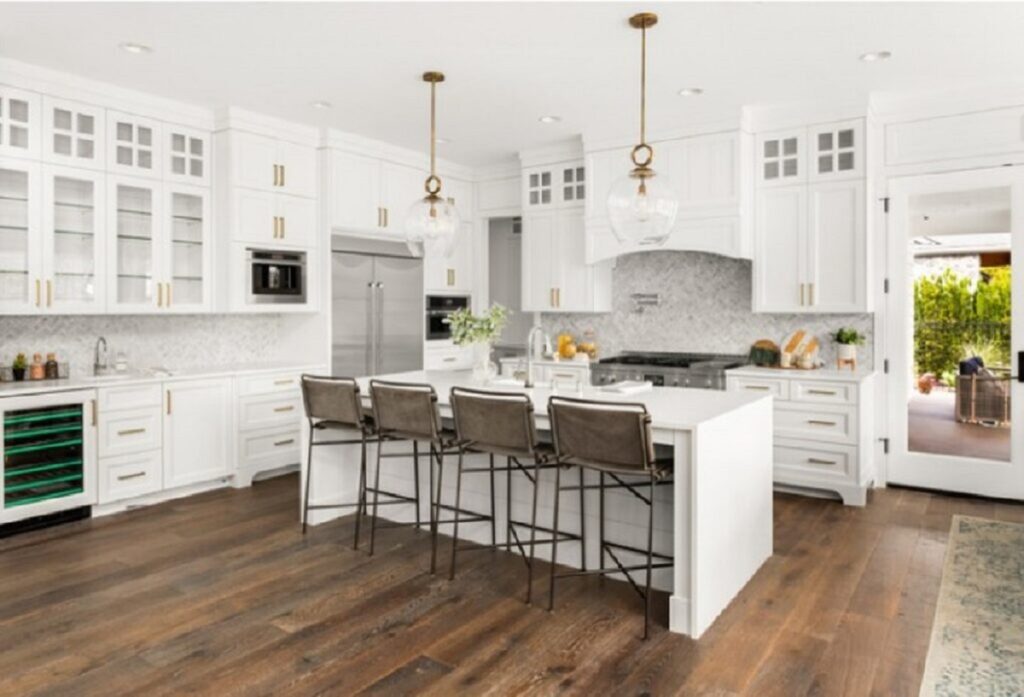In an inspiring story of friendship, resilience, and modern family dynamics, two divorced moms from Maryland decided to join forces to build a new life together. During the pandemic, they pooled their resources and bought a home worth $835,000. What started as a shared living arrangement evolved into a strong platonic partnership, offering a new perspective on companionship and communal living. This growing trend, especially among single parents, is redefining how we approach family and friendship.
Embarking on a New Chapter Together
Holly Harper and Herrin Hopper were friends long before they decided to take this bold step of purchasing a house together. Having both gone through divorces, they found that building a supportive, shared life was not only practical but emotionally fulfilling. They refer to themselves as platonic life partners, a term gaining traction in modern society, though not entirely new.
Their decision to buy a house together wasn’t just about the logistics of living under one roof—it was about creating a nurturing environment for their children while also finding joy in each other’s company. By taking on this new chapter together, they’re able to share parenting responsibilities, provide mutual support, and navigate life as a team. This concept, often referred to as “Momune,” goes beyond just living together. It’s about shared parenthood and forming a strong foundation of trust, support, and community.
Finding Strength in Friendship

Before embarking on this shared living arrangement, Holly and Herrin were already close friends. The idea of becoming platonic life partners grew out of their shared understanding of what it means to raise children on their own. They realized that by pooling their resources and efforts, they could create a more stable and joyful environment for their kids.
They call their home “The Mermaid House”, a nod to the mythical creatures that symbolize strength and unity. The house itself, located in Maryland, provides enough space for privacy while still maintaining a close-knit community atmosphere. Holly lives on the first floor with her 10-year-old daughter, while Herrin resides on the second floor with her two children, aged 10 and 15. This setup allows for both personal space and shared moments, creating a balanced, supportive environment.
In addition to the shared living space, they also rent out the basement to a tenant, further emphasizing their approach to communal living. By fostering an environment of mutual respect and understanding, they’ve been able to create a home that feels welcoming and fulfilling for everyone involved.
The Mermaid House: A Symbol of Mythical Unity
The name “The Mermaid House” wasn’t just chosen on a whim. Holly and Herrin wanted it to reflect the strength and mystique of their unconventional family. The name symbolizes the bond between them, their children, and the unique way they have decided to create a family unit, independent of traditional norms.
Their story is a perfect example of how family doesn’t always have to fit the mold we’re used to. It’s about shared goals, mutual support, and the idea that family is defined by who you choose to surround yourself with. Through this arrangement, Holly and Herrin have created a safe, nurturing environment for their children, while also strengthening their friendship and providing each other with the support they need.
Redefining Family and Finding Happiness
As someone who believes in the power of unconventional paths to happiness, I find their story incredibly moving. It shows us that family isn’t always about blood relations—it’s about connections and the people you choose to build your life with. Holly and Herrin have found a way to make single parenting more manageable, but they’ve also found something far more important: the beauty of friendship and the strength that comes from collaboration.
Their journey offers a refreshing new take on what it means to create a supportive home. It’s not just about surviving; it’s about thriving together. Could you imagine embarking on a similar adventure? Maybe you have your own story of finding unexpected support in unconventional ways. I’d love to hear your thoughts and experiences—share them in the comments below!






